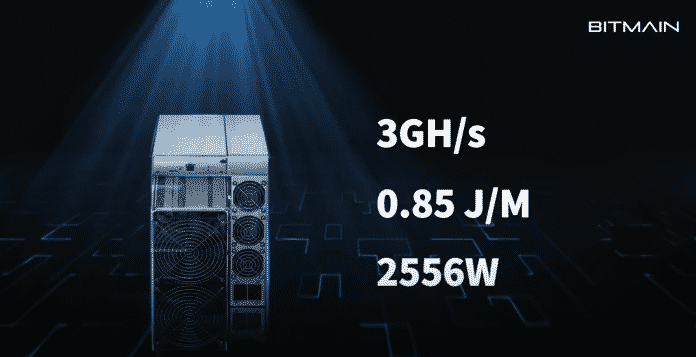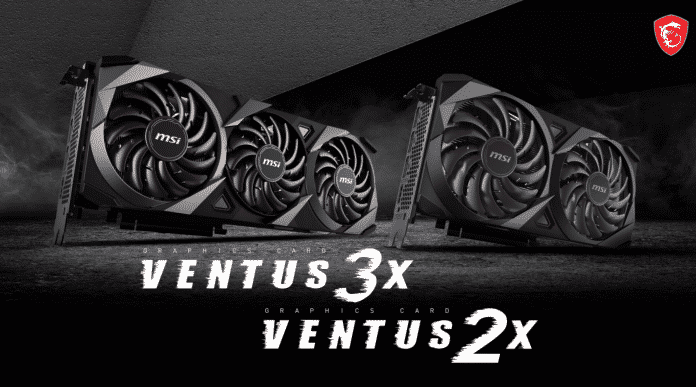NVIDIA
Nvidia’s CMP 40HX specs leaked online
Nvidia’s CMP 30HX has been on the news for a while now, be for the seizure of 300 stolen cards in Hong Kong, multiple...
Bitmain’s new Antminer E9 crushes Nvidia’s Mining cards miserably
The value of Cryptocurrency has increased in recent years, and also that its increasing is one of the major reasons I still don’t own...
MSI GeForce RTX 3080 Ti Ventus 3X OC graphics card gets...
An alleged listing by a Polish retailer, X-Kom, states that the MSI GeForce RTX 3080 Ti Ventus 3X OC graphics card is up for...
Nvidia GeForce RTX 3080 Ti has its specifications and mining performance...
According to the latest sources, we have found the leaked specification of Nvidia’s upcoming GeForce RTX 3080 Ti graphics card. And it's not just...
‘Call of Duty: Warzone’ and ‘Call of Duty: Modern Warfare’ get...
Call of Duty lovers can now enjoy up to 70% better performance on NVIDIA GeForce GPUs
This has been speculating for quite some time now, and...
TSMC: Semiconductor crisis to continue until the end of 2023
In recent news, global leaders in the semiconductor market such as the Taiwan Semiconductor Manufacturing Co, Intel, and Nvidia have warned that the global...









